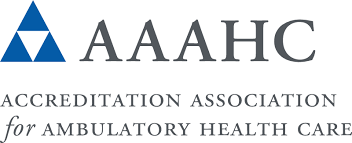New AAAHC toolkit advances pain control while cutting opioid use in outpatient surgery
Editor's Note
The Accreditation Association for Ambulatory Health Care (AAAHC) launched a new pain management toolkit that prioritizes multimodal strategies to improve outcomes and reduce opioid use in ambulatory surgery. Designed for the unique challenges of outpatient care, the resource provides practical, evidence-based guidance to optimize safety, comfort, and recovery.
According to a July 1 AAAHC press release, the “Pain Management for Ambulatory Surgery Care Toolkit” targets one of the most persistent challenges in outpatient surgery: ensuring safe and effective pain control. With 60% to 65% of US surgical procedures now being performed in ambulatory settings, the toolkit responds to a growing need for standardized, evidence-informed approaches to perioperative pain.
Poor pain control can increase the risk of complications like delayed discharges, hospital readmissions, and extended opioid use. As detailed in the press release, the toolkit offers strategies to reduce reliance on opioids, elevate patient education, and tailor interventions to specific procedures. It incorporates multimodal approaches, such as non-opioid medications, regional nerve blocks, and non-pharmacologic techniques. The toolkit also includes practical checklists to help perioperative teams implement these strategies consistently across the care continuum. Julie Lynch, director of the AAAHC Institute for Quality Improvement, emphasized that the toolkit is built to help ambulatory surgery teams address these risks by applying best practices that minimize complications and support faster recovery.
The full toolkit is available at www.aaahc.org/PainManagementToolkit2025.
Read More >>

 Free Daily News
Free Daily News